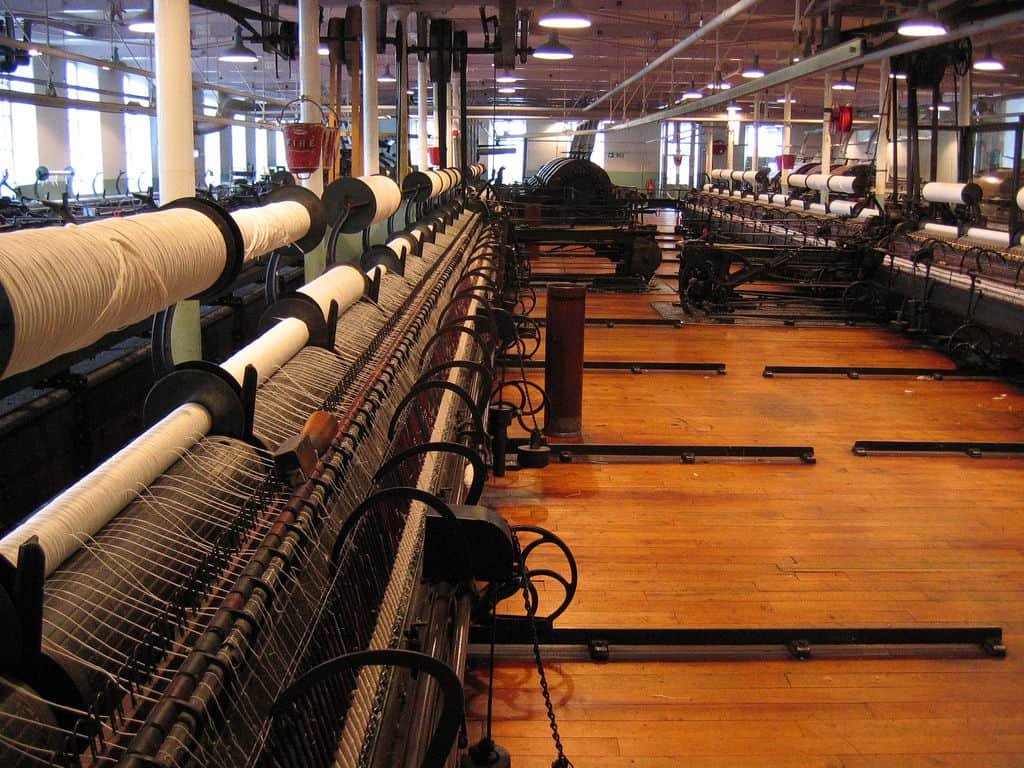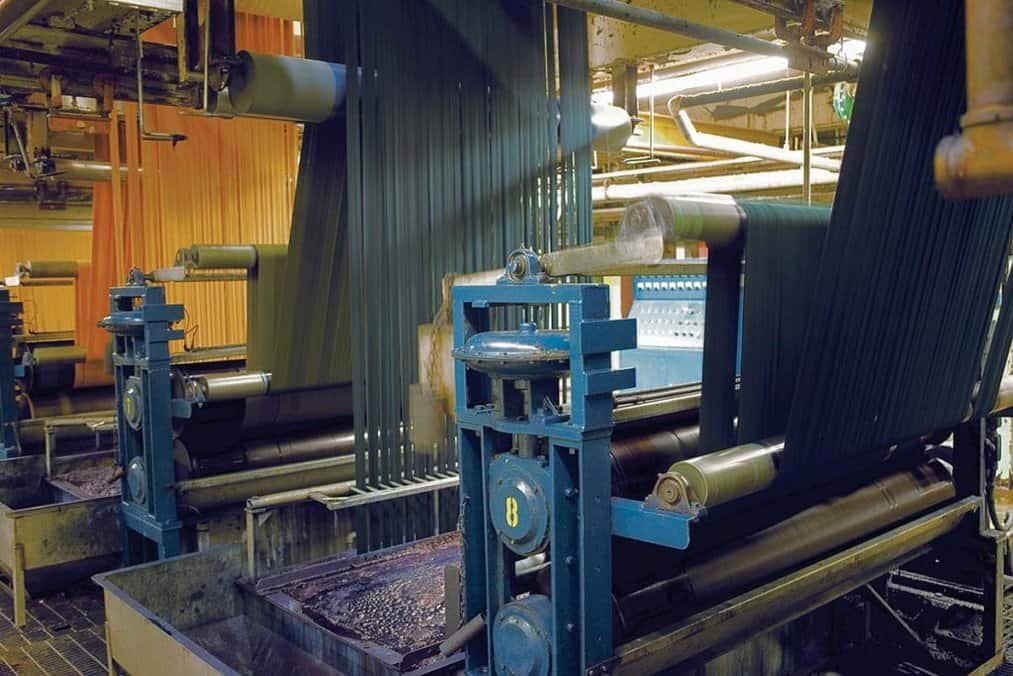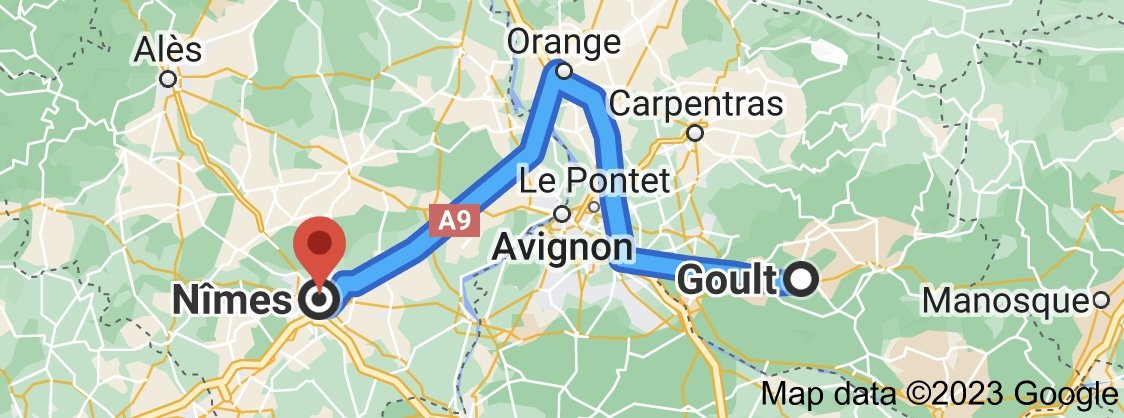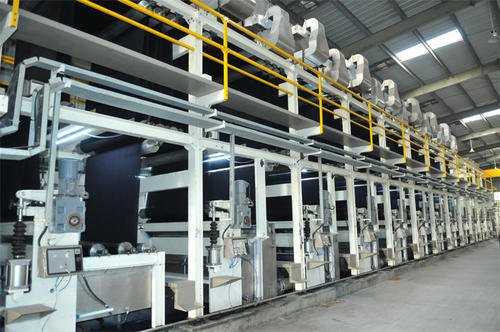Insp_ (continued..)Brand ValuesDAgoulT as a brand is, like its many contemporaries, also consumed by an overarching philosophy, call it a founding principle, obsession even, about producing things built to last. In such a way they’re not only likely to last but are truly likely to be loved and lived in for longer- and through this have meaning. Jeans made with conviction, denim that has a soul (indeed such a thing is possible, your jeans can actually have a soul)- weathering and working in tandem with the life of the wearer over time.And from where we see it, it’s here the difference lies.#RETHINKDENIM
For denim to have a soul, it also has to be made in a certain way, and with a certain minimum (grade) of construction. Or in today’s world, of a type of intelligent modernity. Merging aspects of the digital age with the traditional past, facets of our heritage without which all would be lost.As touched on earlier, the GOULT in the brand name has a lustrous past, meaning GOLD in Anglo-Saxon times, but also of a people renowned for their artistic and creative craft skills, and love of beauty.And DAgoulT you could say is defined by the same love of beauty and craft. Creations are imbued with a signature appliqué of detail, both in the weave and the wash; collections curated for an 'unfolding' sense of timelessness. And much of this is to do with the spinning- of the yarn- of the raw carded cotton into yarn. And then also the dyeing, the dyeing of the warp yarn with indigo.The Spinning & The Dyeing
Ring-spinning is the more traditional and more expensive method of spinning yarn, and was more common pre-1980s. In ring-spinning is woven a more compact weave and a stronger bond between the fibres. Resulting in denim that is stronger, and more durable- and also has silkier, and softer hand- at the same time containing slubs, aberrations in the yarn generated randomly through the ring-spinning process that in other fabrics would be considered impurities but which in denim only add to its beauty. And ring-spun denim is the kind of denim that improves with age.#RETHINKDENIM
Rope-dyeing is also the more traditional, and more expensive method of dyeing denim, through which there is a more differential saturation of the dye through the yarn (through the ‘ropes’ of yarn as opposed to sheets being successively dipped into the vats of indigo)- giving it a more dynamic, multi-dimensional appearance, and through which is also gained those specially sought after, characterful fade characteristics, as the garment wears over time. The fade gradually taking on the patina of the wearer’s lifestyle, as if a living being.#RETHINKDENIM
GOULT then also connects the brand to the origins of denim (in France). And as touched on earlier, it’s a place in the south west of France, close to the city of Nimes where denim was invented by tailors- weaving cotton together in a way never done before (“de Nimes”). Their process, involving ring-spinning, and what is essentially rope-dyeing (then called hank or also skein dyeing), produced a manifestly strong fabric with the outer thread dyed indigo and the inner thread left white. And as the denim ages, the hidden white signature fade, both of the outer thread with its fading indigo, and of its inner thread that’s been left white, magically reveals itself.And it follows, DAgoulT’s denim is crafted in a similar traditional, authentic method (dual-ring-spun, rope-dyed), and with a like-minded esprit de curiosite.#RETHINKDENIM
So at its core, the DAgoulT brand proposition is about denim yarn that’s spun and dyed as it was back in the day, all the way back to the origins of denim in the late 1500s that also continued to the end of the 1970s. Processes that were subsequently replaced, globally, in the 1980s by the faster and cheaper 'open-end' spinning and 'sheet' dyeing methods. The ramifications of this (the industry wide transition away from ring-spinning and rope-during) weren’t appreciated even within the industry at the time, but nonetheless resulted in a different kind of denim. Not quite the same. And still today the differences are not actually understood or appreciated (by many in the industry) today, and especially the customer who largely stands in ignorance, although today’s reverence for vintage is very much there.And so, ultimately our proposition is about working with the original, dual-ring-spun, rope-dyed article that’s also infused with today's enhancements in stretch, and stretch recovery, which are also key.____________________
The added bonus of creating jeans from dual-ring spun, rope-dyed denim is the less of a need to age and wear them with chemicals at their initial manufacturing to laundry stage, and rather to let that process (of ageing) happen organically through natural wear. And it's also true that’s how this type of denim lives best. And the stretch memory (stretch recovery) is also better secured by the higher base integrity of the dual-ring-spun yarn; rope-dyeing then adding a significant touch of finesse to the fade.
Creating a type of denim with both visual and true pragmatic depth (and soul).#RETHINKDENIM
____________________
A Touch on SustainabilityThrough this finical emphasis on ring-spinning, and rope-dyeing, and playing out the story by none other than turning back to the past, as opposed to leaning on some of today’s more modish innovations in the field (of eco), you could say DAgoulT is looking at sustainability through a different lens. Or perhaps not as the case may be.For similar principles around denim (and sustainability) are also shared by the mills that produce said dual-ring-spun, rope-dyed articles, heritage mills that are themselves true denim lovers, at the same time aficionados and protagonists of the old-school (infused with some of the modern). And these mills are themselves today vocally working to a conscious-first mindset, albeit one that may originally have come from a love of denim per se- love for the old-school ring-spinning and rope-dyeing- that subsequently also happened to be what's also more sustainable, in denim. And indeed love for heritage denim, and love for eco and sustainability, are naturally aligned- in terms of the above but also in terms of a type of mindset (a shared love of, and commitment to producing good things, and in a good way). And so you can see why ring-spinning and rope-dyeing and conscious-first today naturally align to form the logical bedrock of our key suppliers’ own vision for the future.Which also includes the other aspects of the production process- the handling and treatment of the indigo, to negating toxicity, to looking to new technologies around non-toxic, non-water based transfers of indigo to the fabric, to their own waste treatment, commitment to recycling, water conservation, energy, and sourcing- of raw materials, the cotton- organic or more sustainably farmed longer staple cotton, and working together with the brands in that direction.They are also governed by their own compact with their own people and their respective ecospheres. Our denim suppliers are today famously based in Japan and Italy, and well noted in the industry for their eco. Then the manufacturing of the jeans itself is in Los Angeles, which is also subject to a high bar of local regulation (and work ethic).Links to respective suppliers’ published material on sustainability will be made available on request. ____________________
#RETHINKDENIM










